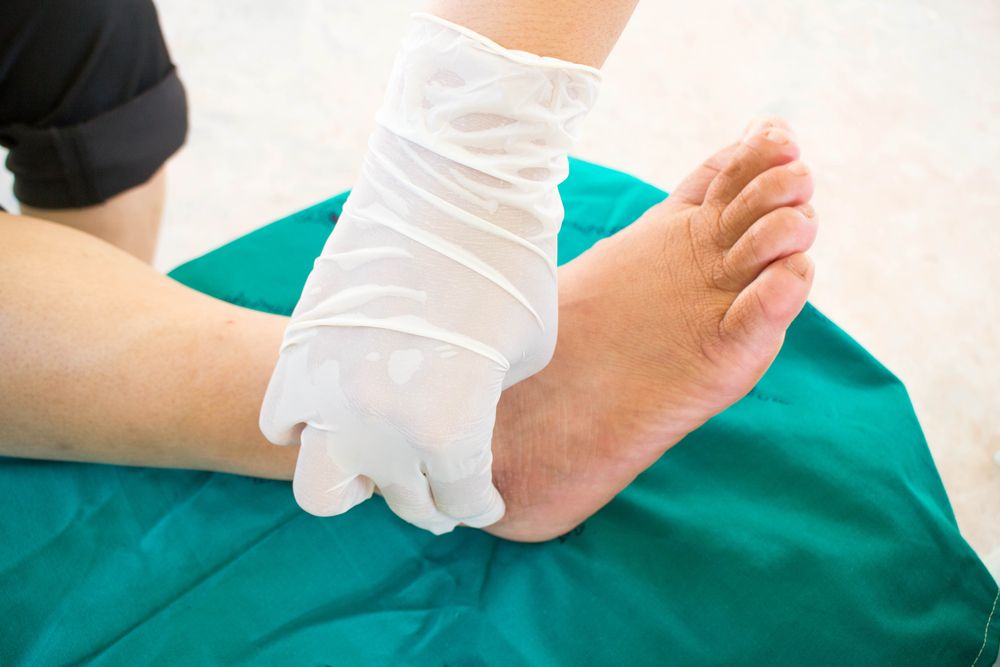Charcot foot is a condition that deforms the foot and can ultimately lead to disability or amputation. Patients with charcot foot almost always have diabetes, which causes damage to the nerves and a loss of proper sensation in the feet, leading to severe fractures and dislocations. Since nerve damage causes decreased sensitivity, patients are often unaware of these fractures and continue their normal activity. As charcot foot continues to progress, it can cause the joints to collapse, resulting in a rounded-out or misshapen sole.
Did you know…
If you have a tight Achilles tendon, you may also have a higher risk for developing charcot foot. Tight Achilles tendons can place extra strain on your bones and can even cause weight to be distributed across the front of your foot while walking.
Frequently Asked Questions
How do I know if I have Charcot Foot?
If you have been experiencing redness and swelling in the foot, pain or achiness, and a feeling of heat radiating from the foot, then you may have charcot foot. The best outcome for Charcot foot is early diagnosis and treatment, so if you think you may have charcot foot, schedule a consultation with Dr. Hadfield today!
How will Dr. Hadfield diagnose & treat my Charcot Foot?
To diagnose charcot foot, Dr. Hadfield will perform a physical examination, ask about your medical history, and may perform x-rays to determine the extent of the problem. Once he has made a diagnosis, he will discuss a course of treatment with you. Usually during treatment, x-rays will be continued to monitor the progress.
Generally, Dr. Hadfield will start treatment for charcot foot by first immobilizing your foot with a cast, removable boot, or brace in order to prevent future fractures and heal any current ones. In some severe cases, surgery may be needed to repair fractures and dislocations. Once the bones have healed, Dr. Hadfield will then recommend specialized shoe inserts, possible bracing, and a change in activity level to minimize foot trauma and prevent future fractures.
What can I expect after being treated for Charcot Foot?
After treatment, you will want to take special care to prevent further occurrences of charcot foot. Things like keeping your blood sugar levels regulated, visiting Dr. Hadfield for regular check ups, monitoring your feet daily for changes, avoiding injury or overuse, wearing diabetic shoes and following Dr. Hadfield’s post-treatment instructions carefully can help reduce your risk of developing charcot foot.
Dr. Hadfield of Hadfield Foot & Ankle has been serving McKinney and the surrounding Collin County area by providing excellent care to patients through highly skilled conservative and surgical treatments, as well as superior customer service. If you have foot or ankle concerns, schedule a consultation with Dr. Hadfield today and take your next step forward!

